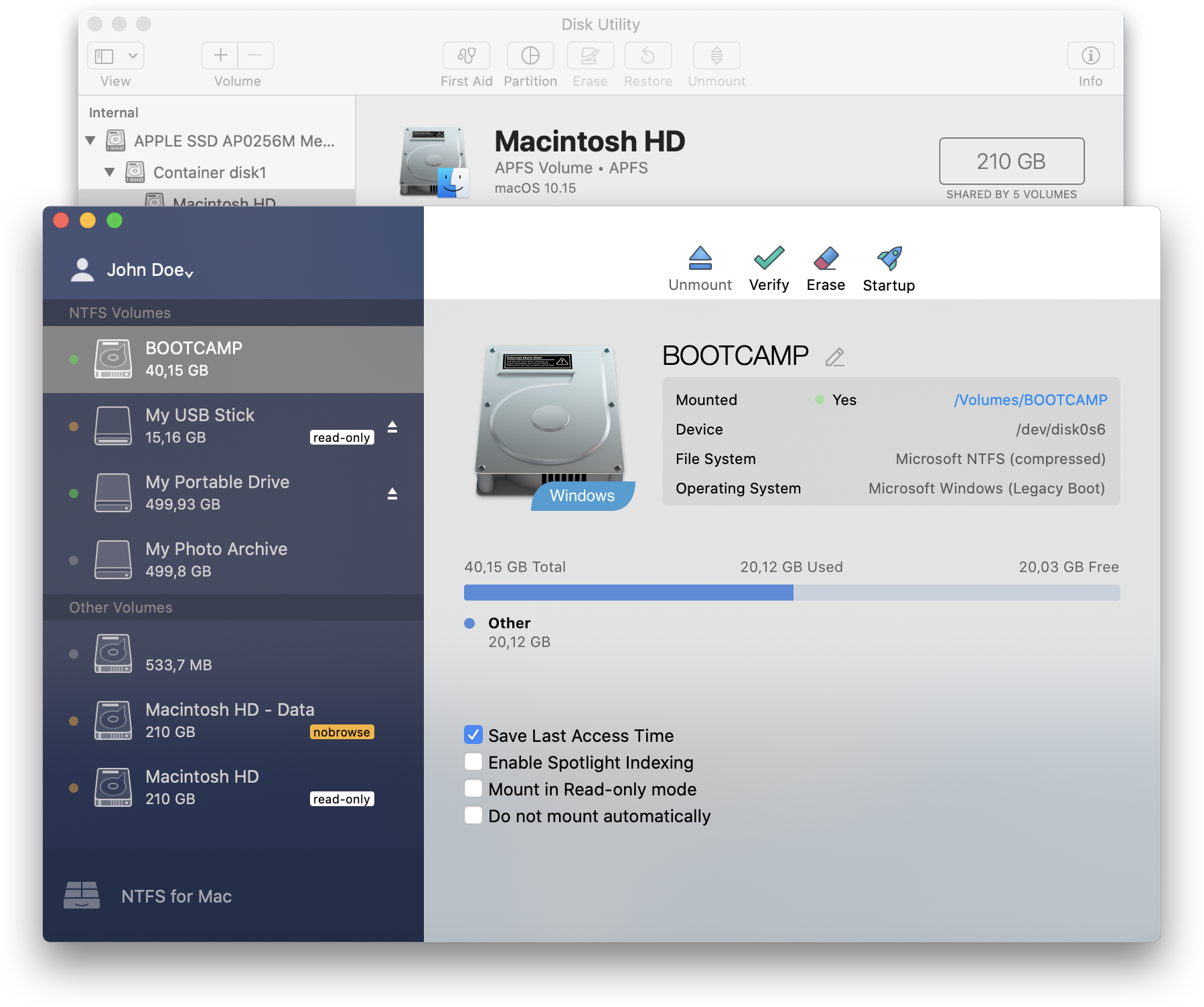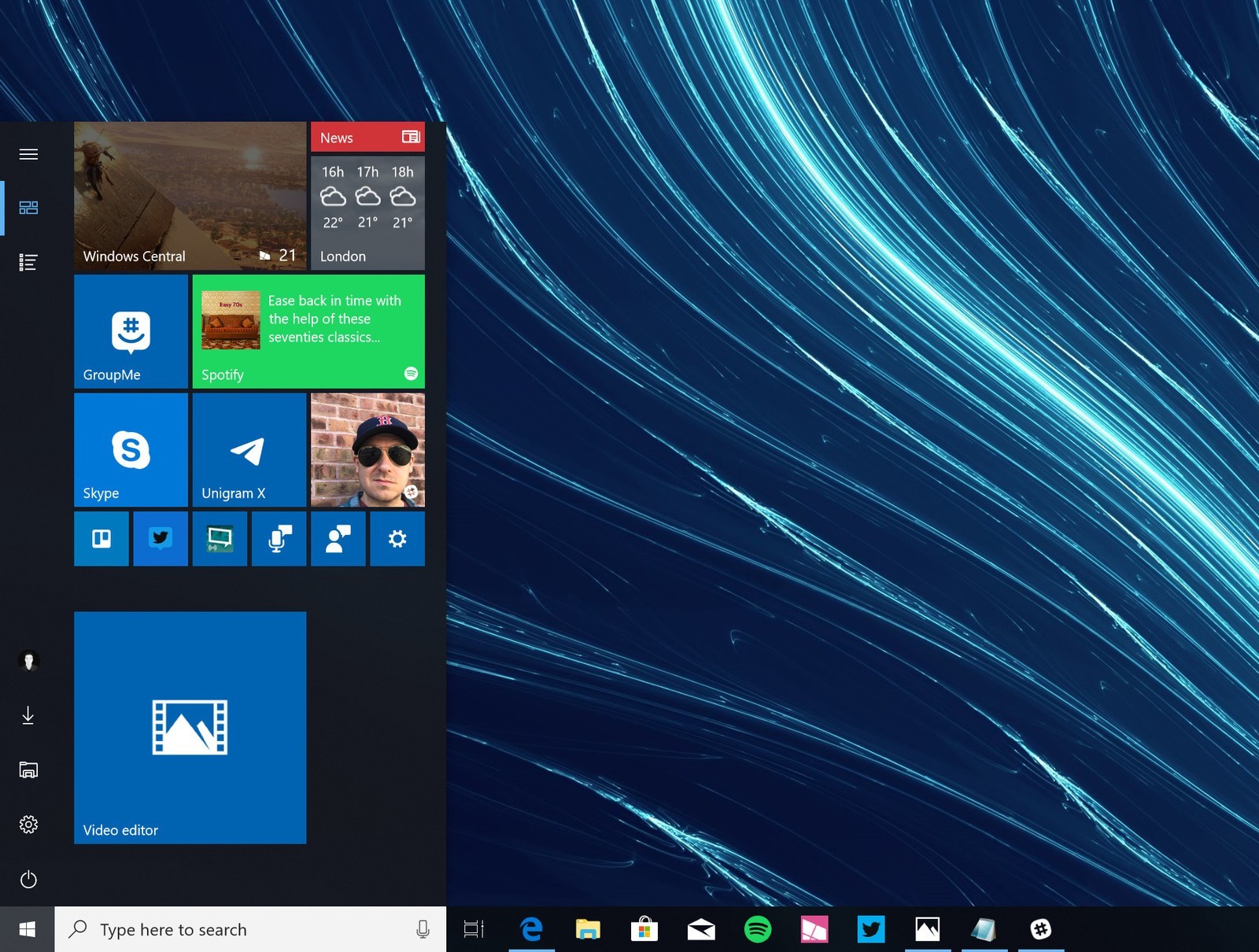- Vs Company Driver Download For Windows 7
- Vs Company Driver Download For Windows Xp
- Vs Company Driver Download For Windows
- Vs Company Driver Download For Windows 10
- Vs Company Driver Download For Windows 10
Double-click on the “VS Production Pack” icon and then proceed with the on screen installation instructions. The VS Production Pack is now installed. At this point, proceed to the “VS-100 Driver Install” below. VS-100 Driver Install: NOTE: Updated VS-100 drivers can also be downloaded from the Roland website by clicking here. The Windows Hardware Compatibility Program (for Windows 10) and the Windows Hardware Certification Program (for Windows 8/8.1 and older operating systems) enable you to design, create, and test your hardware and drivers before you submit the final version through the Partner Center. For more information, see the Windows hardware certification.
-->Plug and Play (PnP) is a combination of hardware and software support that enables a computer system to recognize and adapt to hardware configuration changes with little or no intervention by a user. A user can add devices to, and remove devices from, a computer system without having to do awkward and confusing manual configuration, and without having knowledge of intricate computer hardware. For example, a user can dock a portable computer and use the docking station keyboard, mouse, and monitor without making manual configuration changes.
Vs Company Driver Download For Windows 7
PnP requires support from device hardware, system software, and drivers. Initiatives in the hardware industry define standards (such as the PnP ISA definition and the PC Card standard) for easy identification of add-in boards and basic system components. This Windows Driver Kit (WDK) documentation focuses on the system software support for PnP and how drivers use that support to implement PnP.
The system software support for PnP, together with PnP drivers provides the following:
Automatic and dynamic recognition of installed hardware
The system software recognizes hardware during initial system installation, recognizes PnP hardware changes that occur between system boots, and responds to run-time hardware events such as docking or undocking and device insertion or removal.
Hardware resource allocation (and reallocation)
The PnP manager determines the hardware resources requested by each device (for example, input/output ports [I/O], interrupt requests [IRQs], direct memory access [DMA] channels, and memory locations) and assigns hardware resources appropriately. The PnP manager reconfigures resource assignments when necessary, such as when a new device is added to the system that requires resources already in use.
Drivers for PnP devices do not assign resources; instead, the requested resources for a device are identified when the device is enumerated. The PnP manager retrieves the requirements for each device during resource allocation. Resources are not dynamically configurable for legacy devices, so the PnP manager assigns resources to legacy devices first.
Loading of appropriate drivers
The PnP manager determines which drivers are required to support each device and loads those drivers.
A programming interface for drivers to interact with the PnP system
The interface includes I/O manager routines, Plug and Play minor IRPs, required standard driver routines, and information in the registry.
Mechanisms for drivers and applications to learn of changes in the hardware environment and take appropriate actions
PnP enables drivers and user-mode code to register for, and be notified of, certain hardware events.
PnP drivers are an important part of PnP support. For a driver to qualify as PnP it must provide the required PnP entry points, handle the required PnP IRPs, and follow PnP guidelines.
This section contains the following additional topics:
For a Microsoft Windows 2000 version of this article, see
268852.

IN THIS TASK

Summary
This step-by-step article describes how to force Windows to use a standard VGA mode driver that is included with Windows. This procedure is useful in the following scenario.
If you install Windows on a computer that is using an unsupported video adapter, Windows Setup installs a standard VGA mode driver. However, after you install Windows, you obtain and install a Windows-compatible driver for your video adapter from an original equipment manufacturer (OEM).
In this scenario, the computer may have problems shutting down, or the computer may stop responding (hang). To troubleshoot this problem, you may want remove the new OEM drivers and revert to the standard VGA drivers to determine whether the OEM drivers cause the problem.
This article describes how to remove OEM video drivers and force Windows to use the standard VGA drivers that are included with Windows.
Force Windows to Use the Standard VGA Mode Drivers Without Having to Use Safe Mode

Vs Company Driver Download For Windows Xp
When you install an OEM driver, the Windows installer program copies the OEM installation file (Oemsetup.inf) to the %Systemroot%Inf folder. Setup then renames the Oemsetup.inf file to Oemn.inf, where n is an incremental number for each OEM driver that is installed.
To identify the OEM video-specific Oemn.inf file, you can open each Oemn.inf file in Microsoft Notepad, and then compare it with the original Oemsetup.inf file. After you find a match, move that specific Oemn.inf and Oemn.pnf files to a different location, or rename the files with a different file name extension.
Vs Company Driver Download For Windows

After you locate the matching .inf files, move the Oemn.inf and Oemn.pnf to a different folder.
In Device Manager, right-click your video adapter, and then click Uninstall to remove the video adapter.
Restart your computer.
After you log on, you receive a message stating that new hardware has been found and that it is a VGA compatible video controller. The Found New Hardware Wizard starts.Click Next.
Click Search for suitable driver, and then click Next.
Click to clear all of the search option check boxes, and then click Next.
Click Disable the device, and then click Finish.
After you finish steps 1 through 7, Windows uses the Vga.sys generic video driver. This is the same VGA driver that Windows uses in Safe mode.
If the computer becomes stable or shuts down in a typical manner while you are using the standard VGA driver, you may have to contact the OEM driver vendor to report the problems that you have when you use the OEM driver. You may also have to obtain and install a newer driver (if one is available) that resolves these problems.
To restore the OEM drivers, follow these steps:
Vs Company Driver Download For Windows 10
Move the Oemn.inf and Oemn.pnf files back to the %Systemroot%Inf folder.
Use Device Manager to remove the VGA video adapter, and then restart the computer.
Windows Plug and Play locates the OEM video adapter and reinstalls the OEM drivers automatically.
Vs Company Driver Download For Windows 10
NOTE: If you press F8, and then click Enable VGA Mode on the Windows Startup menu, Windows starts with a screen area of 640 by 480 pixels with low 8-bit color and may use an OEM video driver, not the standard VGA driver.
